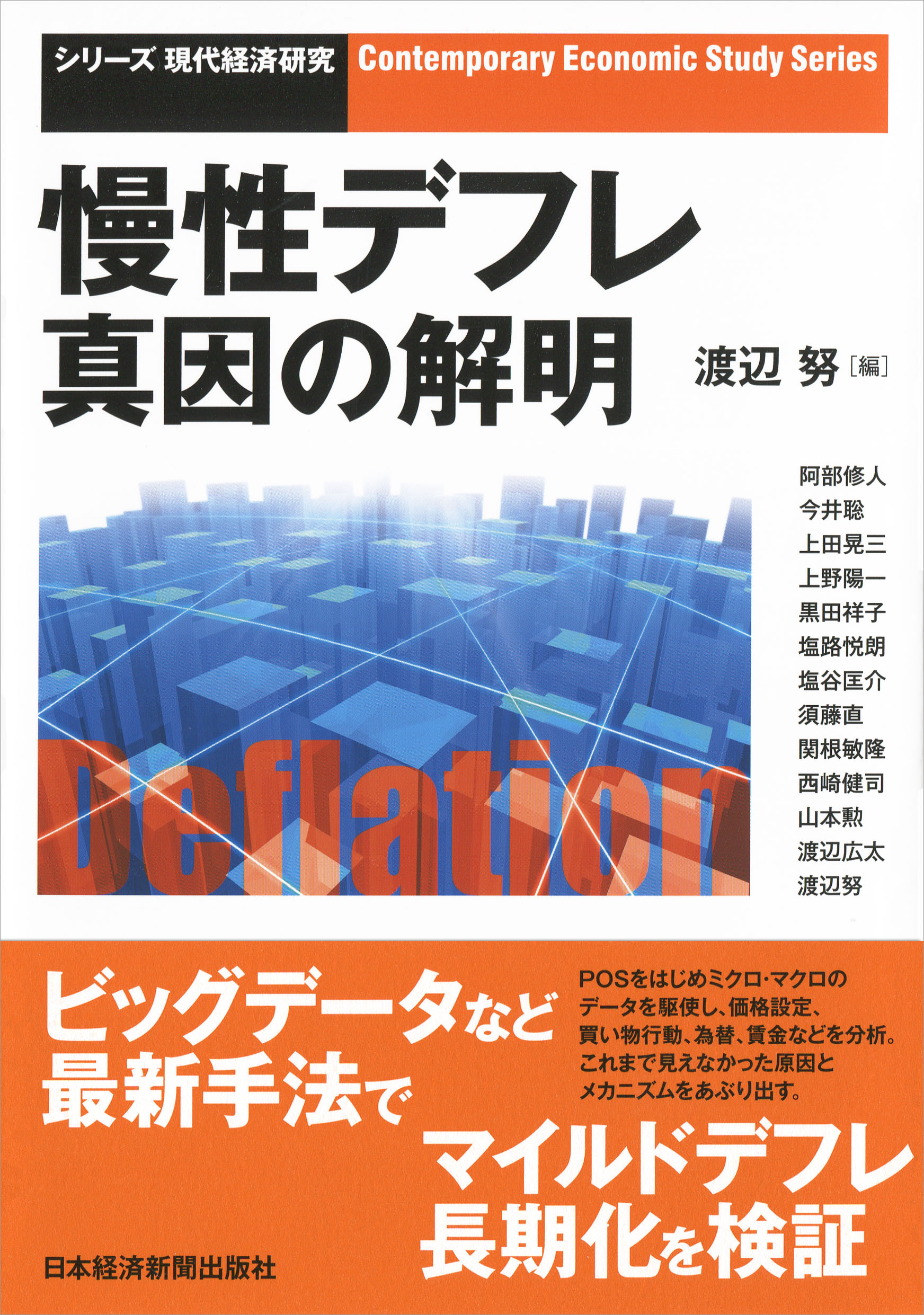
Title
Hidentouteki Kinyuseisaku (Unconventional Monetary Policies: Perspective of a Policymaker)
Size
252 pages, 127x188mm, hardcover
Language
Japanese
Released
October, 2016
ISBN
978-4-641-16490-1
Published by
Yuhikaku
Book Info
See Book Availability at Library
Japanese Page
In April 2013, the Bank of Japan (BOJ) implemented a large-scale monetary easing policy (quantitative and qualitative monetary easing) that it called “a new dimension.” At a press conference, BOJ Governor, Haruhiko Kuroda, pronounced that the bank will double the money supply in two years and aim for a 2% price stability target, expressing a strong determination to escape deflation. Nearly five years later, 2% inflation has still not been achieved. On the other hand, the overvaluing of the yen has been addressed and—even with the impact of the increase in the consumption tax—our country’s economy has been continuing to improve. How is one to assess this policy?
The objective of this book is to simply explain the context and characteristics of contemporary unconventional monetary policies, including quantitative and qualitative monetary easing. The word “unconventional” may sound like it is a policy unique to Japan, or that it is something temporary and we are going to return shortly to the previous “conventional” policies. However, these unconventional monetary policies were adopted and evolved in the U.S. and Europe as well following the global financial crisis. These policies can now be called “standard.” Japan is the pioneer in such policies, having been the first country in the world to introduce policies such as zero interest rates and quantitative easing starting at the end of 1990s, and continues to contribute to global policy development. These unconventional policies were put into wide practice and evolved over time, but experts differ in their assessments of these policies. Are unconventional monetary policies effective? What is the theoretical mechanism behind them? Is there empirical evidence? Are there side effects to be concerned with? These are just a few of the topics up for debate, and this book will explain and assess them as simply as possible.
From March 2010 through March 2015, I was a member of the BOJ Policy Board and was highly involved in policy making. Today, the BOJ policies are discussed less by the public, but in my early days on the job, nearly every summer we were tormented by the high yen rate and received criticism about the monetary easing being inadequate. After rolling out quantitative and qualitative monetary easing, we were assailed by voices calling it “ineffectual fake medicine” or “an overreach with huge side effects.” At one time, the Policy Board was split making its decision by a narrow margin of 5 to 4 votes. It is a feature of this book that this was written based on the experience of one who took part in the policy making. In the final chapter—Chapter 7—I write frankly about the kind of work engaged by a member of the Policy Board, and what I was thinking about as I cast my vote when the governor and the deputy governors changed during a challenging economic and political situation.
Along with fiscal policy, monetary policy is an important tool in forming macroeconomic policy. Its essence and meaning, however, changed greatly with the development of unconventional monetary policies. The evolution has been radical in that policies to be taken were publicized beforehand as “guidelines” working strongly to affect asset prices. On the other hand, there are side effects to worry about, and also, aspects that do not fundamentally differ from conventional policies. This book is highly recommended to students and businesspeople interested in contemporary monetary policy and macroeconomics.
(Written by Ryuzo Miyao, Professor, Graduate School of Economics / 2018)



 Find a book
Find a book


 eBook
eBook



